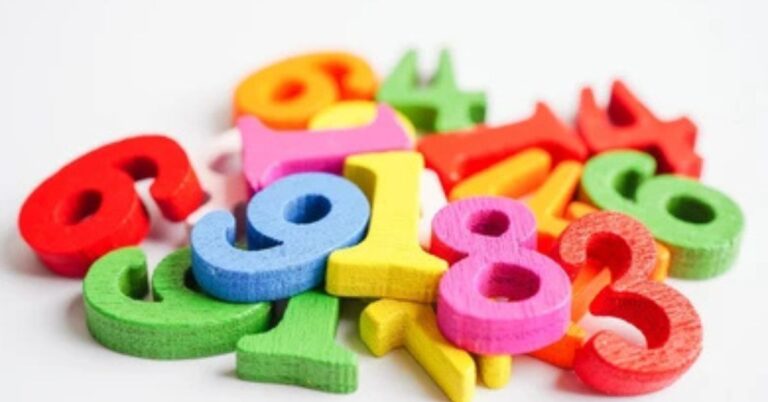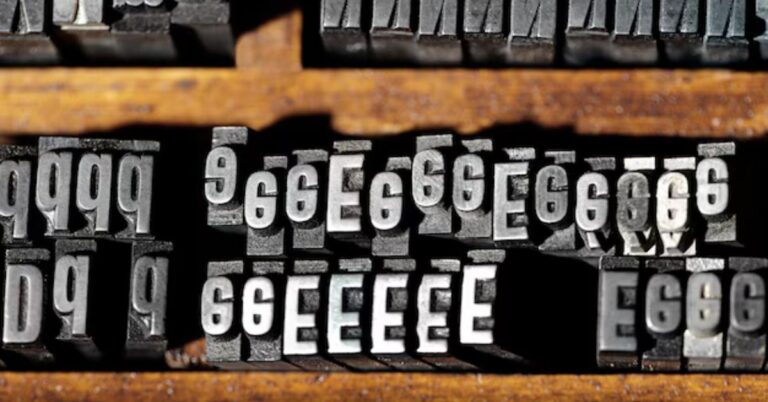Understanding the Technical Notation “676.656/7.155”
In technical fields, numbers often play a crucial role in understanding complex systems and models. The notation “676.656/7.155” might appear to be a simple division problem, but in the context of technical applications, such expressions can carry significant meaning. This article will break down the potential uses and implications of such a number, focusing on how ratios and formulas like “676.656/7.155” could be applied in different technical fields such as engineering, physics, and data analysis.
The Basics of Ratios in Technical Fields
At its core, “676.656/7.155” represents a mathematical ratio or division, where the number 676.656/7.155 is divided by 7.155. While this may seem like a straightforward mathematical operation, in technical applications, such ratios often symbolize relationships between different components, measurements, or parameters of a system. Ratios are widely used in various disciplines to establish proportional relationships, define system behaviors, and derive meaningful conclusions from raw data.
When divided, this equation results in a value that may indicate a specific property or feature depending on its context. Understanding this division and its result can provide insights into specific behaviors or relationships in complex systems.
The Role of Ratios in Engineering
Engineering is a field that often relies on ratios to model and design systems, particularly when calculating structural integrity, material properties, or system efficiencies. A simple ratio such as “676.656/7.155” could represent a number of different technical parameters, including but not limited to the following:
- Stress and Strain Ratios: In mechanical engineering, stress and strain are important parameters when designing materials and structures. A ratio of force to deformation could represent how a material will behave under pressure. A ratio like “676.656/7.155” might be used to calculate stress per unit area or related properties.
- Efficiency Metrics: In electrical or mechanical systems, efficiency ratios are key. For instance, if the numbers represent input and output power levels, the ratio could be used to calculate the efficiency of a system. In this case, the ratio would be a performance indicator, telling engineers how effectively energy is being transformed or used.
- Load to Strength Ratios: In structural engineering, the relationship between applied load and the material’s strength is paramount. A ratio like this could indicate the relationship between the actual load applied to a beam or column and the theoretical strength it can handle before failure.
Application in Physics
Physics often deals with ratios and constants in equations that govern the laws of nature. The division of 676.656/7.155 could represent any number of phenomena, depending on the context. For example:
- Velocity and Time: If the numbers are related to a physics problem involving motion, the ratio might represent speed (distance divided by time) in certain units. For instance, if 676.656/7.155 represents the distance traveled and 7.155 represents the time taken, this ratio would give the velocity of an object.
- Energy and Power: In thermodynamics or electrical circuits, a similar ratio might be used to describe energy efficiency, power consumption, or work done. Dividing energy by time gives power, a critical parameter in both thermodynamics and electrical engineering.
- Density and Volume: In some specific contexts, the division could refer to the relationship between mass and volume, which yields density. If the numbers represent mass and volume, the result could describe how densely packed a substance is, which is crucial for applications such as fluid dynamics or material science.
Significance of Ratios in Data Analysis
In the age of big data, ratios like “676.656/7.155” can also have significant roles in statistical analysis and data modeling. For example:
- Normalization and Scaling: Ratios are often used in data science to normalize datasets or scale numerical values. In such cases, this type of ratio can be used to adjust values to a common scale, allowing for comparison between different variables or datasets.
- Risk and Return Analysis: In finance and economics, ratios are a critical component of analyzing investment portfolios, financial health, and risk management. In this case, 676.656/7.155 might represent potential returns, while 7.155 could represent the risk factor or volatility associated with an investment. The ratio provides a measure of risk-adjusted return.
- Data Comparisons: Data scientists frequently rely on ratios to compare values across different datasets. For example, comparing the growth rate of two different products, regions, or time periods might involve dividing the growth of one by the other to determine the relative growth rates.
Engineering Design and Modeling
Technical notations like “676.656/7.155” may not only represent simple calculations, but they are also integral to engineering design and system modeling. These ratios can be part of larger formulas used to:
- Model System Behavior: In complex systems like mechanical devices, robotics, or electrical circuits, the use of ratios is essential to understand how different components interact. Engineers might use these values in simulations to model how systems behave under various conditions, adjusting inputs to find optimal designs.
- Optimize Resources: In manufacturing and production processes, ratios help optimize resource use, minimizing waste and maximizing output. The result of the division could point to an optimal setting for production efficiency, cost reduction, or quality assurance in a process.
- Material Selection: Choosing the right materials for engineering projects often involves using material property ratios. These could include properties like tensile strength, hardness, and thermal conductivity. Engineers use these ratios to select materials that balance performance and cost.
Potential Real-World Examples
To further explore the significance of the division of “676.656” by “7.155,” let’s consider some hypothetical real-world examples:
- Chemical Engineering: Suppose a chemical engineer is working with a solution in a reaction chamber. The engineer may calculate the concentration of a substance by dividing the mass of the substance (676.656 grams) by the volume of the solution (7.155 liters). This gives a concentration value that can guide the design of the chemical process.
- Electrical Engineering: In an electrical circuit, the voltage and current might be related through Ohm’s Law. If 676.656 represents the voltage and 7.155 represents the resistance, dividing the two would give the current in the circuit. This ratio helps engineers design circuits with appropriate power requirements and resistances.
- Environmental Science: In environmental modeling, ratios of pollutant concentrations to the volume of air or water may be crucial for understanding the environmental impact. The result of dividing pollutant levels by the volume of air or water could determine the level of contamination in a particular area.
Conclusion
The technical notation “676.656/7.155” might initially appear to be a simple division, but its applications are far-reaching across a variety of disciplines. Whether used in engineering to model systems, in physics to understand natural laws, or in data analysis to derive meaningful insights from raw data, ratios and divisions like this play an essential role in technical problem-solving.
Understanding how to interpret and apply ratios is crucial for professionals working in fields where precision and calculation are paramount. By considering the broader context in which such a number is used, engineers, scientists, and data analysts can better optimize systems, design experiments, and make informed decisions that influence a wide range of industries and disciplines. The technical value of “676.656/7.155” goes beyond its arithmetic result—it can be part of the building blocks of advanced problem-solving in many technical fields.







